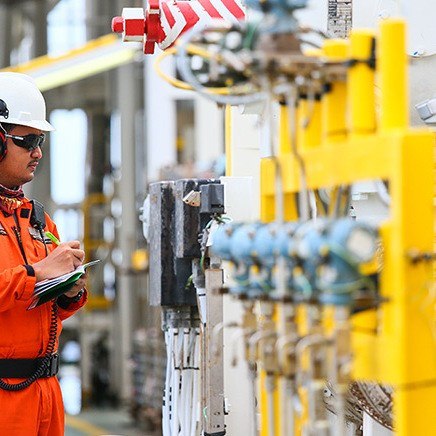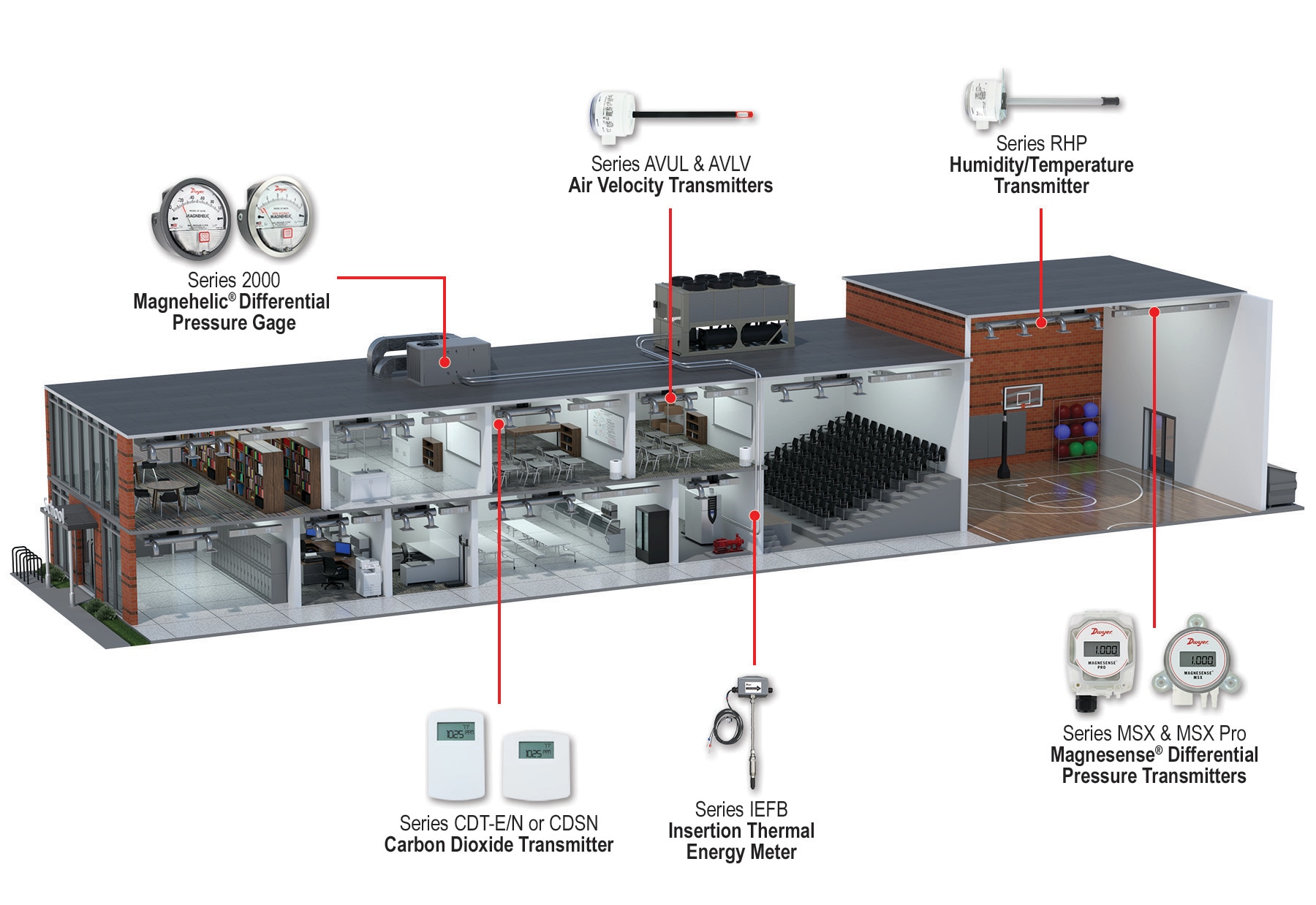
DwyerOmega® products are used to monitor and improve parameters that make up indoor air quality (IAQ) such as building pressure, temperature, humidity, carbon dioxide (CO2), and volatile organic compounds. This is particularly important for areas like schools, where students and teaching staff will be present for long periods of time. Our products are used in all areas of the building, including classrooms, gymnasiums, auditoriums, and nurse offices.

Keeping CO2 levels in a safe range can lead to both improved cognitive responses for the people in the buildings, as well as reduction of energy consumption for the building system itself. It's important that the indoor environment of a school is healthy and allows for students to be able to remember the things they're studying and attending school for.
Series CDT, CDTR, & CDTA Transmitters
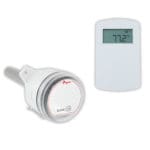 Carbon Dioxide, Relative Humidity, and Temperature Transmitters, Series CDTR
Carbon Dioxide, Relative Humidity, and Temperature Transmitters, Series CDTR The Series CDT accurately monitors the carbon dioxide concentration and temperature in indoor environments to help achieve energy savings, utilizing a single beam dual wavelength non-dispersive infrared sensor increases sensor accuracy and reduces the frequency of calibration. Combination sensors such as the CDTR introduces measurement of relative humidity, reducing installation time and material cost while providing additional air quality measurements. Universal transmitter outputs are standard on DwyerOmega carbon dioxide sensors, and various RTD or thermistor temperature sensor options ensure that the right product will be available for any job. The Series CDTA combines carbon dioxide, humidity, temperature, and temperature set point with override, and features Modbus® RTU or BACnet MS/TP outputs.
Series CDTV Carbon Dioxide/Volatile Organic Compound (VOC) Transmitter
The Series CDTV senses both CO2 and volatile organic compounds (VOC), allowing it to detect fumes that may need to be exhausted in lower occupancy periods. Various mounting configurations including duct and wall or space mount are available to meet varying installation requirements found throughout school projects.

Our temperature and humidity sensors are used to ensure a comfortable environment for building occupants. Beyond indoor comfort, humidity also plays a critical role in indoor air quality. DwyerOmega's humidity sensors can help ensure that proper humidity levels are maintained and assist in minimizing the spread of viruses/diseases and preventing mold growth.
Series RHP-E/N, RHPLC, & RHP-D Humidity/Temperature Transmitters
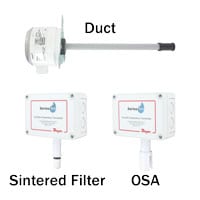 Temperature/Humidity Transmitters, Series RHP
Temperature/Humidity Transmitters, Series RHP These DwyerOmega brand humidity/temperature sensors feature both duct & wall mount options to fit a variety of application needs. They utilize a capacitive polymer sensing element to deliver a proportional analog output, and offer a wide selection of passive RTD or thermistor temperature sensors.
Series TE, TE-WSS, & TE-E/N Temperature Sensors
These DwyerOmega brand temperature sensors are available in either duct, wall, or immersion mount configurations. They can be used to monitor the air or water temperature throughout a building management system or an air handler unit. Multiple wall mount housing configurations meet aesthetic requirements while accurately measuring ambient temperature in a room. These sensors were designed to visually blend into the wall without drawing unnecessary attention to themselves. Duct and immersion sensors are available with probe lengths up to 18 inches, with thermistor or RTD outputs.

Our sensors can also be used in areas like school nurse offices, which may need to function similarly to a hospital isolation room in order to prevent the spread of illnesses. Maintaining negative pressure in isolation rooms helps to keep contagions within those spaces and away from other students or staff.
Series RSME Room Status Monitors
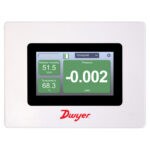 Room Status Monitor, Series RSME
Room Status Monitor, Series RSME The RSME is a complete system with a touchscreen graphical user interface which enables access to pressure, humidity, temperature, air change, security, door status, calibration, and alarm setup. It can be configured to monitor positive or negative pressure, and is great for spaces like school nurse offices. The graphical display changes color for clear determination of when the parameters are operating within the acceptable range (green), caution range (yellow), or have gone outside the acceptable operating range (red).
Series AVUL & AVLV Air Velocity Transmitters
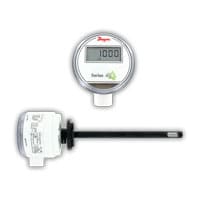 Air Velocity Transmitter, Series AVUL
Air Velocity Transmitter, Series AVUL The DwyerOmega Series AVUL and AVLV air velocity transmitters help to meet CDC and ASHRAE standards for air changes per hour within a school nurse office. These units provide a linear velocity output signal that can be paired with a building management system to determine air changes. Changing over air more frequently in a space can help to minimize the spread of viruses and pathogens that could be present in the air.
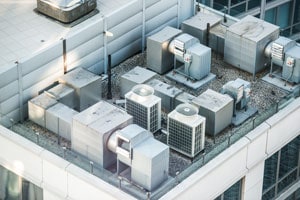
Pressure sensors can be used to monitor the efficiency of the HVAC system, including the filtration of air in air handlers. When the pressure drops, it’s a sign that there is decreased air flow due to some kind of obstruction, such as particulate build-up on the filter. This will cause the HVAC system to run harder and use more energy. Knowing when to replace the filters in a system is one step to making sure that the building is as energy efficient as possible.
Series MSX/MSX Pro Magnesense® Differential Pressure Transmitters
 Magnesense® Differential Pressure Transmitter, Series MSX
Magnesense® Differential Pressure Transmitter, Series MSX DwyerOmega Magnesense® differential pressure transmitters can be used to ensure proper differential pressure is maintained in the air filters installed in air handling equipment. With its selectable pressure ranges, the Magnesense® differential pressure transmitters can easily be adjusted in the field to account for changes to higher MERV filters that could result in differing pressure drops than original filters installed.

DwyerOmega also offers occupancy sensors which can improve energy efficiency by only operating lighting and HVAC systems as needed, when areas of the school are occupied.
Model OSC & OSW Occupancy Sensors
Our occupancy sensors use infrared technology and are designed for simple installation with a wide viewing angle. Both ceiling-mounted and wall mounted units are available.
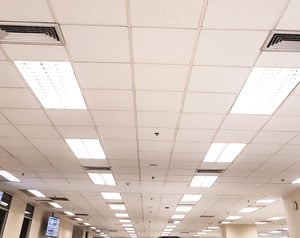
Using an air flow hood to balance the air flow within schools is also important to making sure you have an appropriate number of air changes per hour. In addition, balancing with an air hood allows you to ensure rooms are properly pressurized. This helps to prevent airborne contaminants from lingering in a classroom or being spread throughout the school.
Series SAH SMART Air Hood® Balancing Instrument
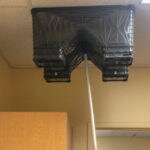 SMART Air Hood® Balancing Instrument, Series SAH
SMART Air Hood® Balancing Instrument, Series SAH The SMART Air Hood® balancing instrument, Series SAH, is easily maneuvered around obstacles like desks and shelves. It can be used with a 4 1/2 to 12 foot extendable pole, allowing better access to diffusers in rooms that have high ceilings, such as cafeterias, auditoriums, or gymnasiums.
DwyerOmega has several products for monitoring indoor air quality in schools that are in-stock and ready to ship. To learn more about these products, please visit https://info.dwyer-inst.com/school-iaq-ready-to-ship
